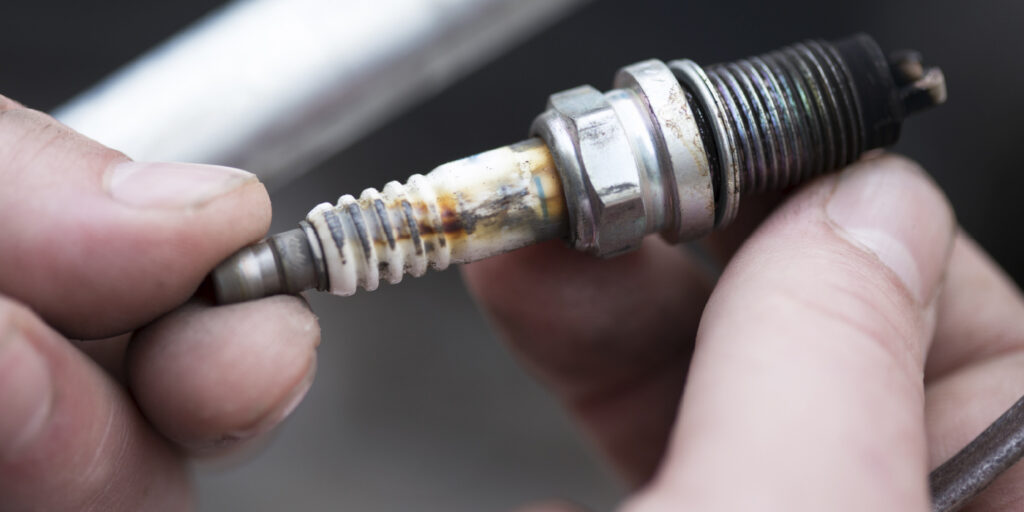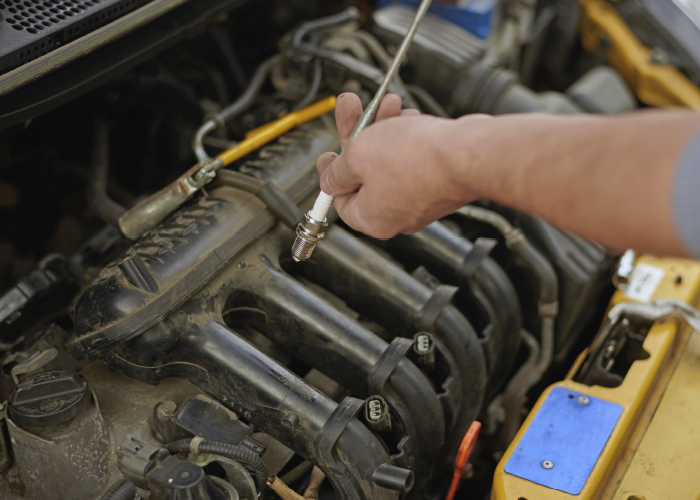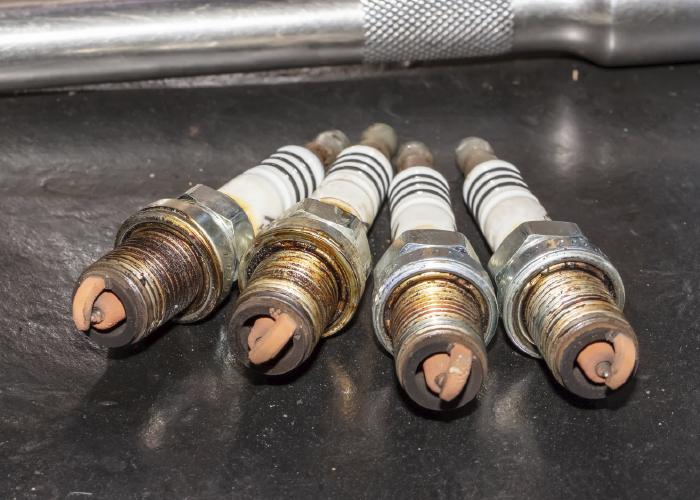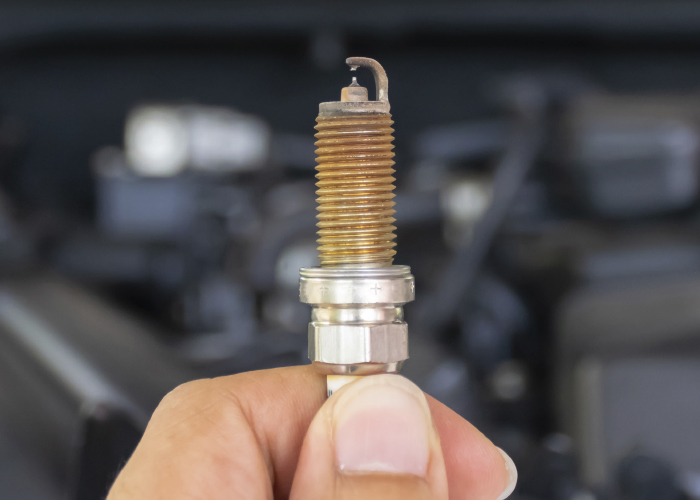Servicing spark plugs can be the quickest or most painful job under the hood. That’s because roadblocks could occur during removal or installation. Here are five tips to bust through and finish the job.
1. GETTING PLUGS OUT: CHEMICAL TOOLS
If a spark plug is challenging to remove, some fluids can help break up corrosion and carbon deposits between the threads on the plug and head. You can pour a liquid penetrant into the wells and let it sit for an hour or longer. Some technicians have had luck with an in-tank fuel injector cleaner to help break up the carbon that forms between the plug and the head, like that which occurs on Ford modular V8s. The key with this method is time; the longer the fluid is in the well, the better the penetration.
If you have a spark plug that feels notchy, the fluid method can prevent damage to the threads. Just crack the plugs a quarter turn and pour in a penetrant or fuel injector cleaner. If you used a lot of fluid, you might need to change the oil after the plugs are replaced.
After the plug is removed, inspect the threads in the head. If there are any issues, use a thread chaser to clean up the threads.
2. SPARK PLUG HOLE HYGIENE
The spark plug well or tube should be free of oil, water and debris. Removal of the spark plug can be difficult, if anything exists in the tube or well. Over time, debris and fluid can help to create a path to ground because the secondary ignition creates static electricity that attracts small particles to the insulator. If you see oil or other debris in the spark plug tube or well, replacing the valve cover gasket or the boot on the coil can prevent a misfire in the future.
If you are trying to diagnose a leaking tube seal or valve cover gasket, try using a smoke machine. This can reveal the source of the leak. But, keep the pressure under 5-6 psi max. If there is a leak, check the PCV valve to see if it’s blocked. Also, on some engines the PCV valve has a heater. If the heater is malfunctioning, it can cause a blockage when the engine is cold.
3. ENGINE TEMPERATURE FOR REMOVAL
A controversial topic among technicians and engineers is whether the engine should be hot or cold when replacing the spark plugs. The OEMs and spark plug manufacturers always recommend removing and installing the plugs when the engine is cold. The reasoning is that this is when the spark plug and head have the least amount of thermal expansion and the chances of damage to the threads. This is critical when you consider that the head might be aluminum and the plug is steel.
Believers in the “removing when hot method” can’t really explain why it works. Some say it loosens up the galling and corrosion between the threads of the plug and the head. This method is popular with the Ford modular engines.
Some technicians even insist that the use of an impact can help break the plug loose. If it works for you, go with the hot method. Just make sure you have all of the tools to repair the threads and install inserts or extractors to remove the shells of the spark plugs.
4. COIL BOLTS
Always apply the specified torque to the specified mounting thru-bolt for the coil. Loose thru-bolts could lead to failures under vibration. And, over-tightened thru-bolts could lead to a cracked coil mounting ear and/or premature thru-bolt failure. Not getting it right can lead to a diagnostic nightmare.
5. UNDER- OR OVER-TORQUED
Most articles will tell you to use a torque wrench, but they never explain why. The real reason involves heat transfer. An under-torqued spark plug will not make full contact with the cylinder head. Some plugs come with the recommendation that the plugs are put in finger-tight and tightened a specific amount of degrees. This reduces a plug’s ability to transfer heat and will result in elevated combustion chamber temperatures. This can cause pre-ignition and detonation and lead to engine damage. An over-torqued spark plug can cause stress to the metal shell, leading to thread damage or breakage. Also, excess tightening can compromise a plug’s internal gas seal or even cause a hairline fracture to the insulator.

















